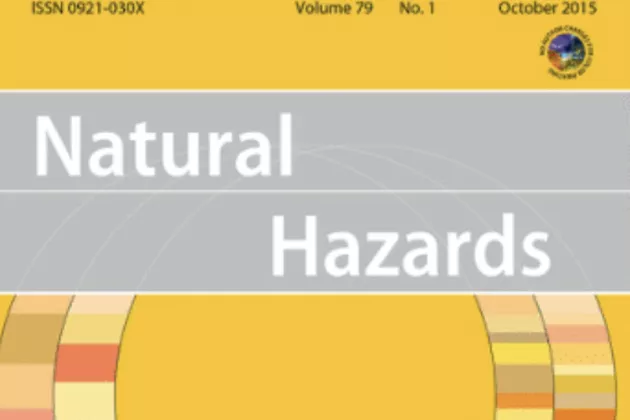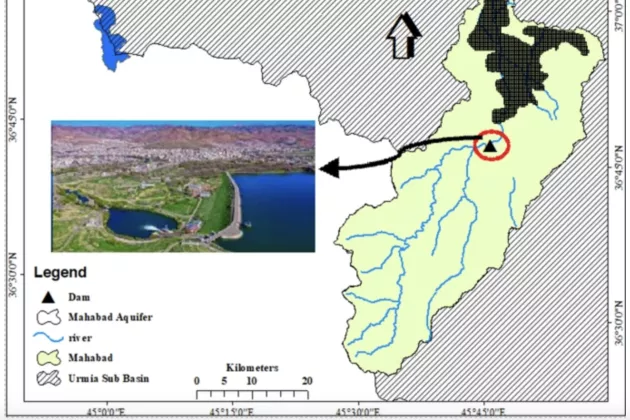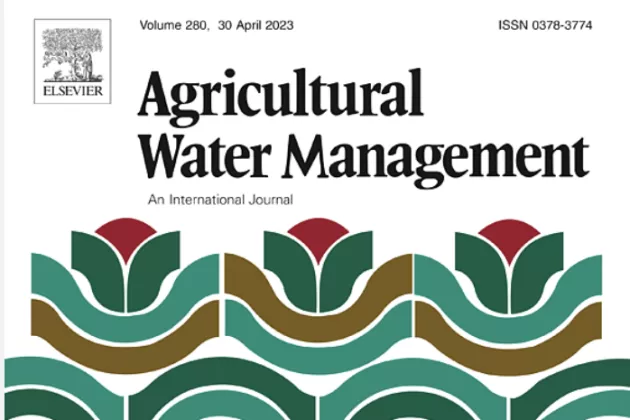CMES Deputy Director Ronny Berndtsson has co-authored the article "Flood susceptibility prediction using MaxEnt and frequency ratio modeling for Kokcha River in Afghanistan" together with Abdul Baser Qasimi (Samangan University) and Vahid Isazade (Kharazmi University).
Abstract
Flooding is a natural but unavoidable disaster that occurs over time. Flooding threatens human life, property, and resources and affects regional and national economies. Through frequency ratio and MaxEnt modeling, flood sensitivity was determined in the Amu Darya River Basin in Badakhshan Province, Afghanistan. Slope, plan curvature, distance to river, rainfall, aspect, land use, elevation, Normalized Difference Vegetation Index (NDVI), soil type, lithology, Topographic Humidity Index (TWI), and drainage density were used to quantify flood susceptibility. In total, 88 flood points collected from Google Earth were used to train the frequency ratio model to predict flood susceptibility, and 34 GPS-recorded points of the flooded area were used to evaluate the model’s performance. The frequency ratio model displayed a success rate of above 86%. However, using a jackknife entropy test, the MaxEnt model yielded a 97% success rate. The results showed that rainfall, land use, distance to river, and soil type were the most important parameters for evaluating flood sensitivity. The developed models can help planners and decision-makers perform flood susceptibility mapping in the region by determining locations of flooding sensitivity.





